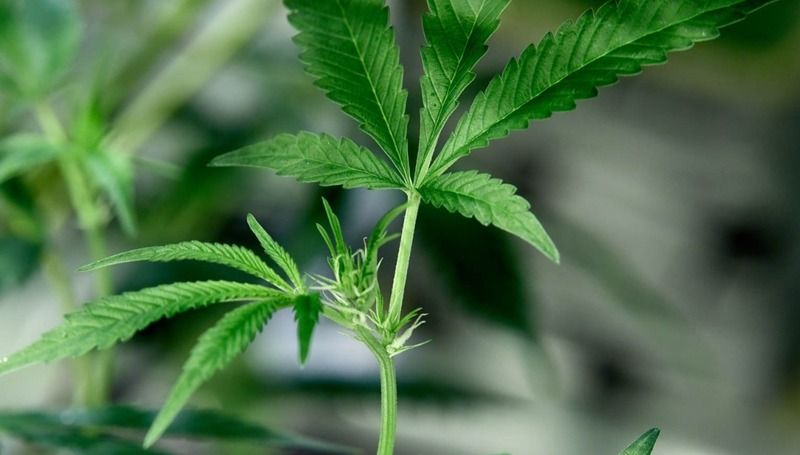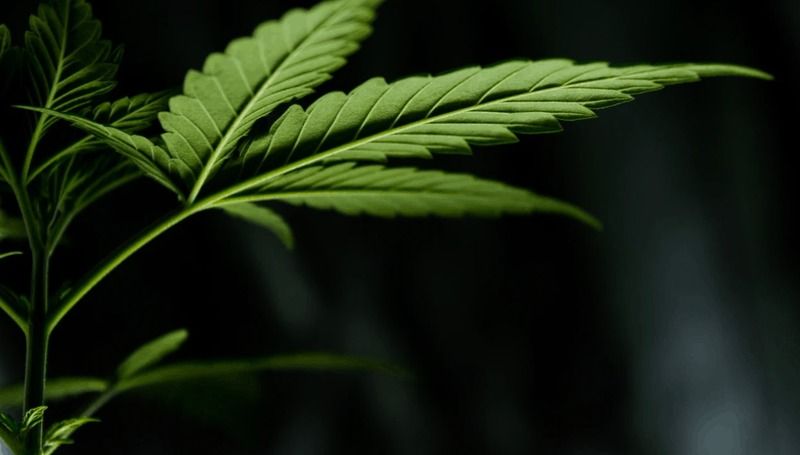Topping and pruning are sometimes ambiguous. Topping is the process of cutting off a weed plant’s main stem to force it to develop bushier, resulting in more yield and a healthier plant. Pruning is the act of lopping off marijuana leaves and branches that are dead or won’t receive enough light in order for a weed plant to concentrate its efforts on bud production in other areas. Looking to try something new? Check out this.
The distinction between the two is often blurred, as many farmers do both at once. The distinctions between the two are shown below.
Why is Topping Marijuana Necessary?
Topping is required to keep your cannabis plants healthy and produce high yields, even though it may appear unusual to chop off and discard part of your marijuana plants.

A marijuana plant will grow vertically, focusing its energy on one main stalk, if left to develop on its own. The top of the plant will develop into one big cola with smaller colas on the principal stalk. These other buds will be tiny and thin, and they’ll have a poor flavor. The plant’s size and yield will be limited.
When to Top Marijuana Plants
During the vegetative stage, topping is used to assist distribute growth hormones from the main stalk to the side branches—by removing the main stem, the plant will redirect its efforts to side branches rather than up. Topping makes a weed bush thicker.
Wait until the plant has developed six or seven nodes before doing the initial top, which is usually done above the 5th node. It’s critical to wait till the plant has this many nodes so it can survive being topped.
If you wait to top a weed plant with more than seven nodes after it has developed, the energy is being invested in upward growth that will be cut off, when it might have been focusing on laterals that you will keep.
How a Marijuana Plant Receives Light
The bushy form of the cannabis plant allows light to strike all branches more equally since it is wide rather than tall, so all bud sites will get the same amount of sunlight.
With just one vertical stalk, the main cola will get a lot of light, but the lower branches will be hidden by the main cola, resulting in lollipop buds below. You’ll have more buds and they’ll be of higher quality if you grow with a bushier form.
These side branches may also be topped in time, which will result in even more side branches and the plant bush out even more. This will also create additional bud sites on branches and thus enhance your yields. A plant is topped 1-3 times throughout its lifetime on average.
Topping VS Fimming
Although these methods appear to be similar, they often result in significantly different outcomes.
Topping entails cutting off the top of a plant from the stem, above a leaf node. Fimming, on the other hand, is a clean cut through the new growth on top of your cannabis plants. Although this process is thought to be more mild and traumatic on your cannabis plants, it does need much plant training afterwards since the new stems generated by this technique can develop out rather fragile. The FIM procedure entails removing approximately 75% of the tip of the plant with a hand or pruning shears. It may not be the most attractive technique, but it is very successful. It’s ideal for individuals who have only 1-2 plants in a tiny growroom. Keep in mind that fimming does not have quite as much an impact on vertical development as topping does.
Topping a cannabis plant results in the production of two extra stems that function as apex stems, resulting in thick and dense cannabis blooms. Fimming can create up to 8 new stems that must be trained; it’s an excellent method for beginning growers with little grow tents to boost their yield.
The Topping Technique
Topping allows us to modify the growth trends of the plant by removing top apical tip clusters where auxins are made. This is known as “breaking apical dominance,” and it enables laterals to develop. Topping, which may be used alone or in combination with other techniques, is a component technique for many plant training processes such as manifolding and mainlining. It can also be utilized on its own to break apical dominance and train cannabis plants.
When Not to Top Marijuana Plants
During the flowering phase, do not top your plants. When a plant is blossoming, it undergoes a fundamental transformation in terms of growth and operation. The needs for nutrients change, and the plant focuses all of its resources on producing flowers. Once you start topping your plants at 12/12, you may find yourself stressed because it causes stress to the plant, which can result in decreased yields. If you top your plants while they’re flowering, they’ll have to use energy repairing itself, which they would otherwise spend packing those sticky buds out. All of this time spent fixing itself is time that it isn’t growing flowers.
